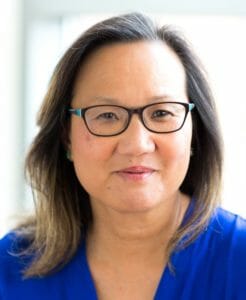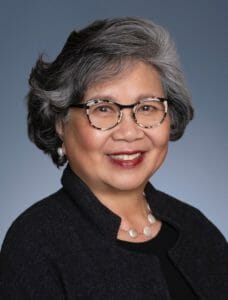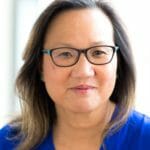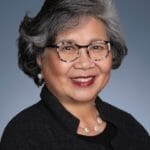
In October 2022, the Bipartisan Policy Center (BPC) released a report titled “Improving Access to and Enrollment in Programs of All-Inclusive Care for the Elderly (PACE).”
In the report, the BPC identified many of the obstacles to PACE growth that can be addressed through a combination of Center for Medicare & Medicaid Services regulatory action and potential legislative action. PACE showed its value and effectiveness in many ways during the COVID-19 pandemic, and now more than ever, more consumers want to receive care at home.
As we evaluate the disproportionate impact of COVID-19 on frail seniors, there is a growing chorus of policymakers, foundation funders, consumers and providers who are interested in working together to make PACE robustly available in urban and rural communities nationwide. Currently, there are 32 states that operate PACE programs serving approximately 60,000 participants.
At its core, PACE is a provider-led, home- and community-based care model that utilizes an interdisciplinary care team (IDT) along with a PACE center as the hub of coordinated care delivery. PACE programs are both fully capitated and fully accountable for providing all necessary care to their participants. During the height of the pandemic, PACE programs were able to use the flexibility inherent in a fully capitated model to adapt their care delivery almost entirely to the home setting. PACE’s success in wrapping its care model around frail seniors at home has energized states’ interest in expanding access to PACE, and a number of states, including Maryland, Illinois, New Jersey, and Massachusetts, have activated plans to make PACE available statewide.

Despite the success of the PACE model of care (legislated federally since 1997), enrollment has only met a small fraction of the population in need. We have been asked time after time – why doesn’t PACE scale?
While there are many reasons for this lackluster growth, enthusiasm by the provider community to scale PACE has never waned. We often launch into an explanation of the barriers to starting and growing PACE and emphasize that starting a program should only be undertaken by those organizations with patience, a deep and genuine commitment to offering this gold standard of care and sufficient capital to withstand unanticipated delays in receiving approval to begin enrollment.
As healthcare professionals who have worked alongside providers to advance evidence-based geriatric programs across the country, we strongly support the goals and recommendations embodied in the BPC report. We appreciate BPC’s thorough delineation of the current process for receiving approval to establish a new PACE organization, expand geography and/or add a new PACE center, and the costly administrative barriers that organizations face in their journey to offer PACE. As clearly indicated in this report, many of these barriers should be eliminated, particularly for experienced PACE operators.
We urge CMS to move forward quickly to revise administrative policies to make it easier for existing and proven PACE operators, as well as interested new organizations, to expand PACE in the communities they now serve. We believe that PACE operators, already proven and dedicated to the success of the model, will embrace growth and expansion when CMS signals its full support of PACE expansion by removing outdated administrative barriers.
We look forward to a different conversation with interested PACE sponsors in the years ahead, with the hope that the BPC recommendations, as well as Congressional action to expand PACE, have occurred. Our explanation to future sponsors will be straightforward as well as accountable when it comes to creating, operating and expanding PACE programs in their communities. The time to scale PACE is now.
Jade Gong is a strategic advisor to executives of provider-based organizations on PACE growth and innovation and transformational models of care for frail older adults and their families.
Jennie Chin Hansen serves as an advisor to national policy organizations and worked at and lead the original PACE program, On Lok, in San Francisco for nearly 25 years.
The opinions expressed in McKnight’s Long-Term Care News guest submissions are the author’s and are not necessarily those of McKnight’s Long-Term Care News or its editors.





